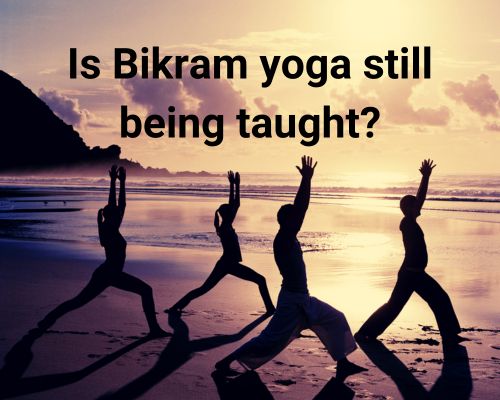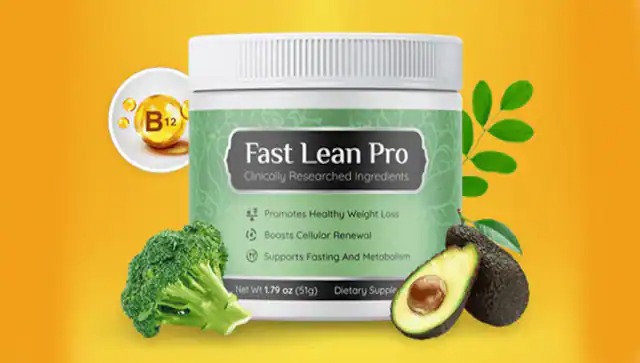If you’re a fan of Bikram yoga, you may be wondering if it’s still being taught. Bikram yoga, also known as hot yoga, is a popular style of yoga. It involves performing a specific sequence of 26 postures in a room heated to around 40 degrees Celsius. The style was created by Bikram Choudhury, who founded the Bikram Yoga College of India. However, in recent years, Bikram Choudhury has been the subject of controversy, which has led some people to question whether Bikram yoga is still being taught.

The short answer is yes, Bikram yoga is still being taught. Despite the controversy surrounding its founder, the style of yoga he created continues to be popular around the world. Many studios still teach Bikram-style yoga, and there are even dedicated Bikram Yoga studios in some cities, see bikram Yoga near me.
While some people may choose to avoid Bikram yoga due to the controversy surrounding its founder, others continue to practice it and find it to be a beneficial form of exercise and stress relief.
Bikram Yoga Practice and Principles
Bikram Yoga is a form of Hatha yoga that involves a specific sequence of 26 postures and two breathing exercises. The practice is conducted in a heated room with a temperature of 105°F and 40% humidity. The core elements of Bikram Yoga are designed to promote balance, focus, and circulation. For a real experience, you can visit a studio. See bikram Yoga near me.
Core Elements of Bikram Yoga
The Bikram Yoga sequence is designed to systematically work the entire body. The 26 postures are designed to promote physical and mental well-being, with a focus on creating a balance between strength, flexibility, and endurance. The two breathing exercises, Savasana and Pranayama, are designed to help you relax and focus on your breath.
Health Benefits and Challenges
Bikram Yoga has been associated with several health benefits, including weight loss, improved metabolism, concentration, and flexibility. However, it is important to note that the practice can also be challenging, especially for beginners. The heated room, humidity, and intensity of the practice can cause fatigue, headaches, and other discomforts.
Bikram Yoga Postures Breakdown
The Bikram Yoga sequence consists of 26 postures that are designed to systematically work the entire body. Some of the postures include the Half Moon Pose, Awkward Pose, Eagle Pose, Balancing Stick Pose, Triangle Pose, Tree Pose, and Cobra Pose. Each posture is held for a specific amount of time, with a focus on proper alignment and breathing.
Attire and Accessories
When practicing Bikram Yoga, it is important to wear comfortable clothing that allows you to move freely. Many practitioners wear shorts and a tank top, and bring a towel to absorb sweat. The studio is typically carpeted, and there are mirrors on the walls to help you check your alignment.
Studio Environment and Ambiance
The studio environment for Bikram Yoga is typically a heated room with a temperature of 105°F and 40% humidity. The room is designed to promote relaxation and focus, with minimal distractions. The ambiance is typically calm and peaceful, with a focus on promoting physical and mental well-being.
Yoga as Exercise versus Tradition
Bikram Yoga is often viewed as a form of exercise, rather than a traditional spiritual practice. However, the practice is rooted in Hatha yoga, and includes elements of meditation and mindfulness. Many practitioners find that the physical and mental benefits of the practice go hand-in-hand.
Adapting to Modern Yoga Practices
As with any form of yoga, it is important to adapt the practice to your individual needs and abilities. Some practitioners may need to modify certain postures or take breaks during the practice. Additionally, there are many modern yoga practices, such as Evolation Yoga, that incorporate elements of Bikram Yoga while also incorporating additional postures and practices.
Controversies and Legal Issues
Bikram Choudhury’s Legal Battles
Bikram Choudhury, the founder of Bikram Yoga, has been involved in several legal battles over the years. In 2013, he was sued by former students for sexual assault and harassment. In 2016, he was ordered to pay $6.5 million in damages to his former legal advisor who alleged that Choudhury had sexually harassed her.

In 2017, a court in India issued an arrest warrant for Choudhury in connection with a sexual harassment case. Choudhury fled to the United States, where he currently resides.
Intellectual Property and Franchising
Bikram Yoga has also been the subject of legal disputes over intellectual property and franchising. Choudhury has trademarked the name “Bikram Yoga” and has attempted to prevent other studios from using the name. He has also franchised the Bikram Yoga brand, but many of his franchisees have since broken away and formed their own studios.
Cultural Impact and Celebrity Endorsements
Bikram Yoga gained popularity in the United States in the 1990s and early 2000s, thanks in part to celebrity endorsements from Shirley MacLaine and others. The practice has been criticized for its emphasis on physical appearance and for the behavior of its founder, Choudhury.
The Future of Bikram Yoga
In recent years, the popularity of Bikram Yoga has declined, due in part to the controversies surrounding Choudhury. However, some studios continue to offer the practice, and adaptations and evolutions of the practice have emerged, such as Evolation Yoga, which offers a similar sequence of postures but without the heat.
Adaptations and Evolutions of the Practice
Evolation Yoga was founded by Mark Drost and Zefea Samson. They are former Bikram Yoga teachers who broke away from the Bikram Yoga franchise. They offer a similar sequence of postures, but without the heat, and have certified teachers through their own teacher training program.
While Bikram Yoga has faced many controversies and legal battles, adaptations and evolutions of the practice have emerged. Some studios continue to offer the practice. However, it is important to be aware of the controversies surrounding the practice and to make an informed decision before participating.

